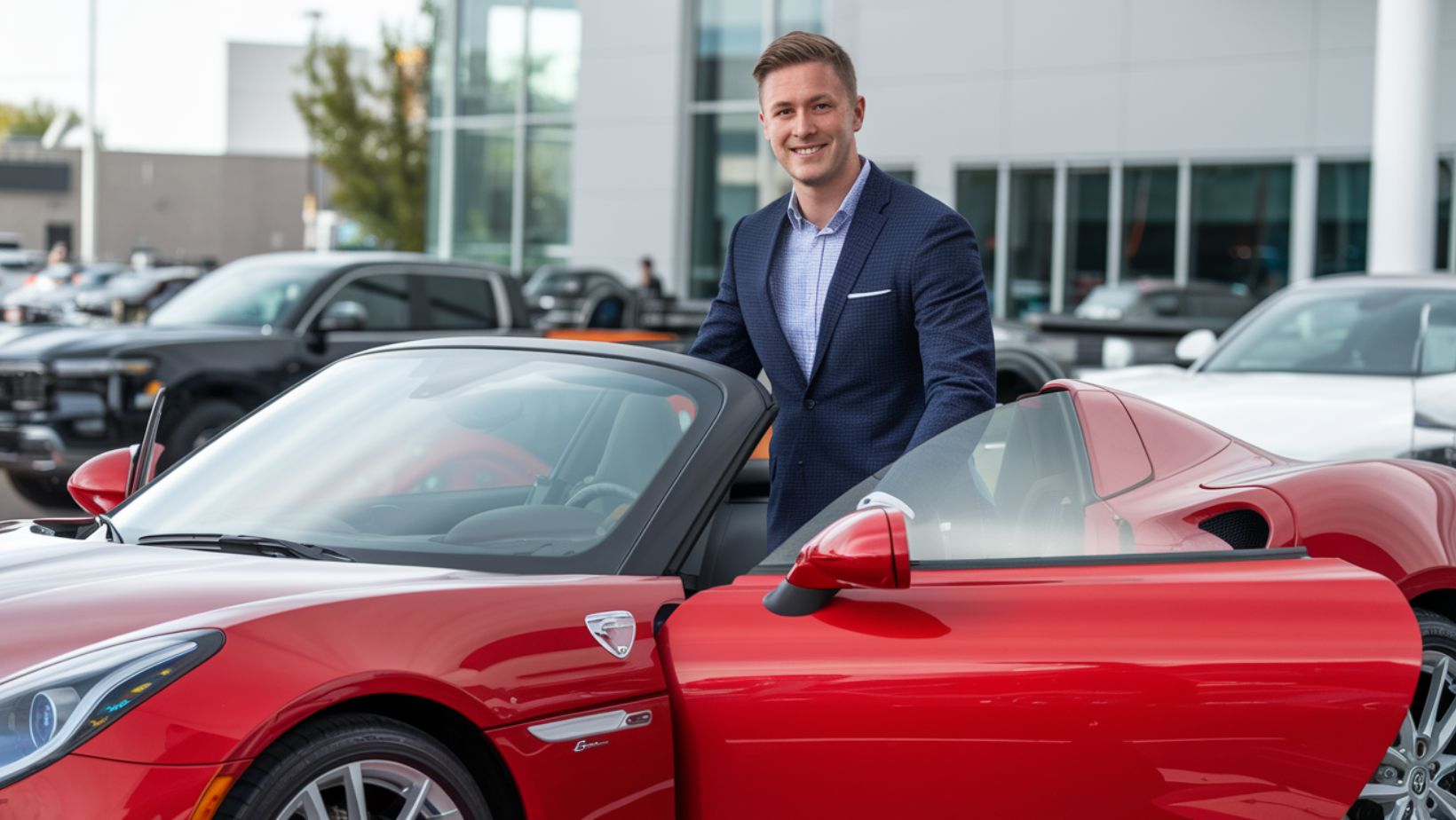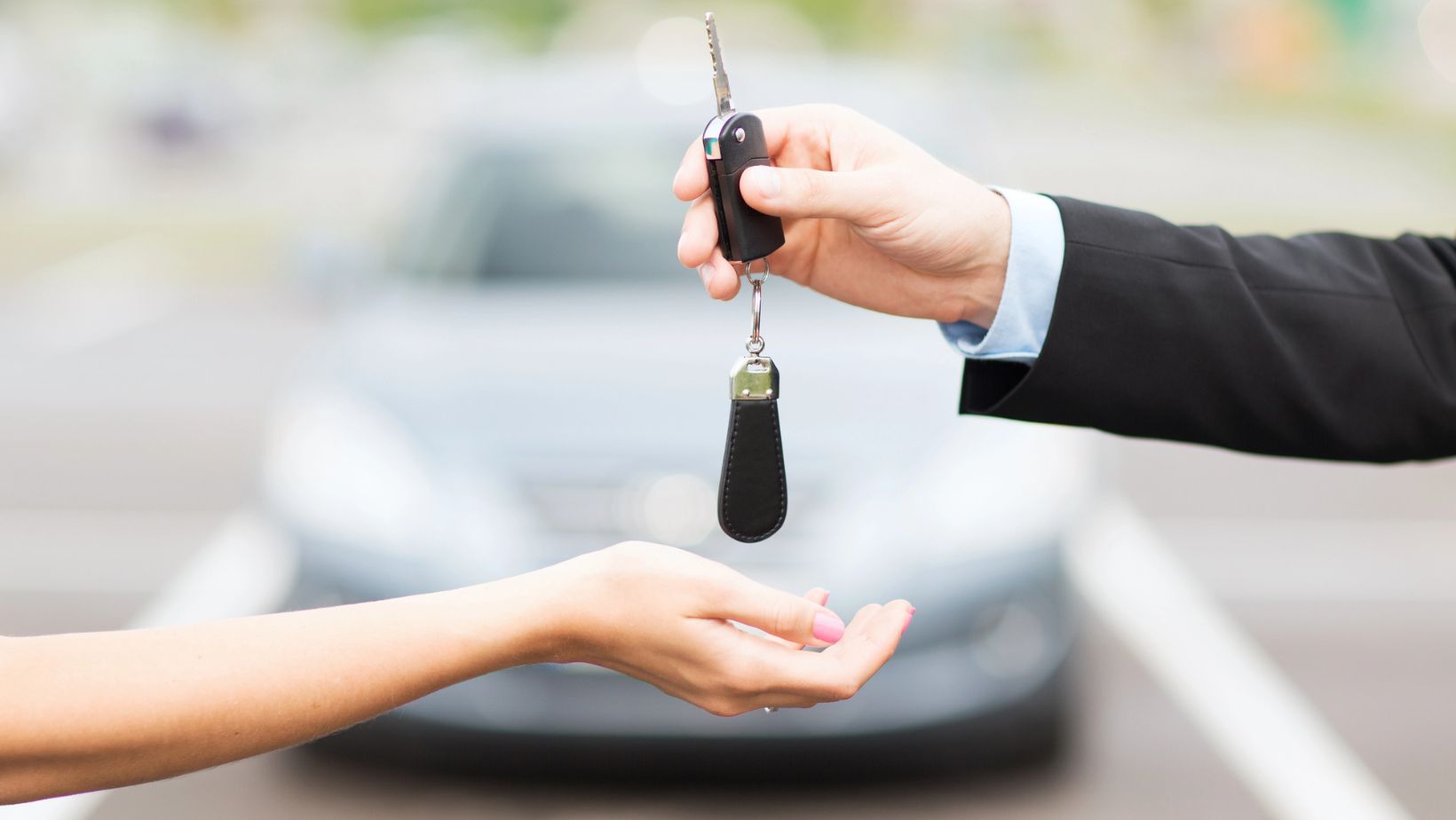In today’s fast-paced world, the allure of driving a new car every few years can be tempting. Leasing often seems like an attractive option, promising lower monthly payments and the latest models. However, before you sign on the dotted line, it’s crucial to understand the potential drawbacks of leasing. As someone who’s navigated both leasing and buying cars, I’ve learned that what glitters isn’t always gold. Let’s dive into ten reasons why leasing might not be the best choice for you.
1. You’re Paying for Depreciation Without Building Equity
When you lease a car, you’re essentially paying for the vehicle’s depreciation during the lease term. Unlike buying a car, where each payment builds equity in the vehicle, lease payments are purely an expense. You’re covering the car’s loss in value over time, but at the end of the lease, you have nothing to show for it. This can be particularly frustrating if you’ve grown attached to the vehicle or if you’ve taken exceptional care of it.
Consider this: A new car typically loses about 20% of its value in the first year and up to 40% by the end of the third year. When you lease, you’re financing this steep depreciation without gaining any long-term benefit. In contrast, if you buy a car and keep it for several years, you eventually own an asset outright, even if its value has decreased.
2. Mileage Restrictions Can Be Costly and Limiting
One of the most significant drawbacks of leasing is the mileage restrictions. Most lease agreements come with a yearly mileage limit, typically ranging from 10,000 to 15,000 miles. If you exceed this limit, you’ll face hefty per-mile charges at the end of your lease, often ranging from $0.10 to $0.25 per mile.
These restrictions can be particularly problematic if your lifestyle or job requires a lot of driving.
Even if you’re within the limits, you might find yourself constantly worrying about your mileage, potentially missing out on spontaneous road trips or turning down opportunities that involve driving. The freedom to use your car as you please is a significant advantage of ownership that’s often overlooked when considering a lease.
I once leased a car with a 12,000-mile annual limit, thinking it would be plenty. But when I got a new job with a longer commute, I found myself obsessively checking the odometer. I ended up paying nearly $1,000 in overage fees at the end of the lease. It was a costly lesson in the importance of accurately estimating your driving needs.
3. Customization is Off the Table
If you’re the type of person who likes to personalize your vehicle, leasing will likely leave you frustrated. Lease agreements typically prohibit any modifications to the car. This means no custom paint jobs, no aftermarket wheels, and no high-end sound system upgrades. Even seemingly minor changes like window tinting might be off-limits or require reversal before returning the vehicle.
This restriction extends beyond aesthetics. If you have specific needs, such as a bike rack for your outdoor adventures or a tow hitch for your boat, you may find that leasing limits your ability to adapt the vehicle to your lifestyle. Owning a car gives you the freedom to make it truly yours, both in appearance and functionality.
4. You’re Locked Into a Cycle of Perpetual Payments
One of the most enticing aspects of leasing is the promise of lower monthly payments compared to buying. However, this apparent advantage comes with a significant downside: you’re signing up for never-ending car payments. When you buy a car, even with a loan, there’s an end in sight. Once the loan is paid off, you own the vehicle outright and can enjoy years of payment-free driving.
With leasing, the payments never stop. As soon as one lease ends, you’re encouraged to start another, often with slightly higher payments to account for newer models and inflation. This cycle can prevent you from ever reaching a point of financial freedom when it comes to your transportation costs. Over time, the cumulative cost of leasing can far exceed what you would have paid to buy and maintain a single vehicle.
5. Early Termination Fees Can Be Exorbitant
Life is unpredictable, and circumstances can change rapidly. If you find yourself needing to end your lease early – perhaps due to financial hardship, relocation, or simply dissatisfaction with the vehicle – you’ll likely face steep early termination fees. These fees can often amount to thousands of dollars, sometimes equaling the remaining payments on your lease.
This lack of flexibility can be particularly problematic in uncertain economic times or if you’re anticipating major life changes. When you own a car, you have the option to sell it or trade it in at any time without penalty. The freedom to adapt to changing circumstances without financial repercussions is a significant advantage of ownership that shouldn’t be overlooked.
6. Wear and Tear Charges Can Add Up Quickly
Leasing companies expect you to return the car in excellent condition, with only “normal” wear and tear. However, their definition of normal might be stricter than you anticipate. Small dings, minor scratches, or slightly worn tires that you might consider normal can result in hefty charges at the end of your lease.
This can be particularly stressful if you have children or pets, or if you frequently park in urban areas where minor scratches and dents are almost inevitable. When you own a car, these small imperfections are simply part of the vehicle’s character and history. With a lease, they become line items on a bill that can quickly add up to hundreds or even thousands of dollars.
7. Insurance Costs Are Often Higher for Leased Vehicles
Many people overlook the impact of leasing on their insurance costs. Leasing companies typically require higher levels of coverage than you might choose if you owned the car outright. This often includes lower deductibles and higher liability limits, which can significantly increase your premiums.
Additionally, you’re usually required to maintain full coverage throughout the entire lease term, even as the car depreciates. When you own a car, you have the flexibility to adjust your coverage as the vehicle ages, potentially saving hundreds of dollars annually in insurance costs.
8. You Miss Out on the Benefits of Long-Term Ownership
While the idea of driving a new car every few years is appealing, there are significant benefits to long-term car ownership that you miss out on when leasing. Modern cars are built to last, often providing reliable transportation well beyond 100,000 miles with proper maintenance. By owning a car long-term, you can enjoy years of payment-free driving once the initial loan is paid off.
Moreover, long-term ownership allows you to truly understand and care for your vehicle, potentially reducing maintenance costs over time. You also have the opportunity to see a return on your investment if you eventually sell the car, something that’s impossible with a lease.
My friend always leased, excited by the prospect of a new car every three years. Meanwhile, I bought a reliable model and drove it for a decade. By the time I sold it, I had enjoyed five years without car payments, while she was still locked into a cycle of perpetual leasing costs.
9. Limited Control Over the End-of-Lease Process
When your lease term ends, you’re at the mercy of the leasing company’s processes and assessments. This includes their evaluation of the car’s condition, determination of any excess wear and tear charges, and the logistics of returning the vehicle. If you decide you want to buy the car at the end of the lease, you may find that the buyout price is higher than the vehicle’s market value.
This lack of control can be frustrating and potentially costly. When you own a car, you have full control over when and how you sell or trade it in, allowing you to choose the most advantageous time and method based on market conditions and your personal circumstances.
10. You’re Always Driving a Depreciating Asset
While it’s true that all cars depreciate, leasing guarantees that you’re always driving the portion of a car’s life when it depreciates the most rapidly. New cars lose a significant portion of their value in the first few years, and when you lease, you’re paying for this steep decline in value.
By purchasing a slightly used car or keeping a new car past the initial rapid depreciation phase, you can significantly reduce your overall transportation costs. This approach allows you to benefit from someone else absorbing the initial depreciation hit, potentially saving you thousands of dollars over time.
While leasing can seem attractive on the surface, it comes with numerous hidden costs and limitations that can make it a less favorable option for many drivers. Before deciding to lease, carefully consider your long-term financial goals, driving habits, and desire for flexibility and control.
For many, the benefits of ownership – including building equity, freedom from mileage restrictions, and the ability to customize and keep a vehicle long-term – outweigh the short-term allure of leasing. Remember, the best financial decision is one that aligns with your individual needs and circumstances, not just the one with the lowest monthly payment.

